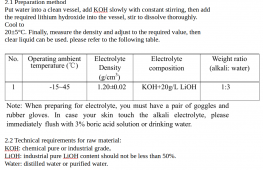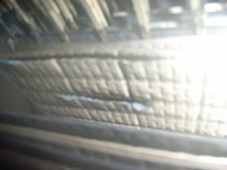Best of luck with those.
Because guess what make my batteries are that started having problems just after 3 years and even much more trouble at the 5 year mark.
To make matter worse that manufacturer only provides ridiculous excuses when a problem arises rather than providing support or solution and then offers you to sell you replacement cells. - At regular price of course.
Further to that even if you have the technical skills to potentially repair a faulty cell, they are not willing to sell you any parts for it.
Been involved in solar / off grid technology for for over 30 years and and also installed solar systems for a few years. So knowing what is out there I'm really disappointed with those NiFe batteries.
But having said that I also wouldn't go with LiPo or lithium iron batteries either. To many safety issues and high fire risk.
My next lot of batteries won't be batteries at all, but rather a hydrogen fuel cell system and a hydrogen generator coupled to my solar panels.
--> No wear, no drop in performance, no nasty chemicals or acids. Only basic requirement is access to fresh and clean water.
Because guess what make my batteries are that started having problems just after 3 years and even much more trouble at the 5 year mark.
To make matter worse that manufacturer only provides ridiculous excuses when a problem arises rather than providing support or solution and then offers you to sell you replacement cells. - At regular price of course.
Further to that even if you have the technical skills to potentially repair a faulty cell, they are not willing to sell you any parts for it.
Been involved in solar / off grid technology for for over 30 years and and also installed solar systems for a few years. So knowing what is out there I'm really disappointed with those NiFe batteries.
But having said that I also wouldn't go with LiPo or lithium iron batteries either. To many safety issues and high fire risk.
My next lot of batteries won't be batteries at all, but rather a hydrogen fuel cell system and a hydrogen generator coupled to my solar panels.
--> No wear, no drop in performance, no nasty chemicals or acids. Only basic requirement is access to fresh and clean water.




